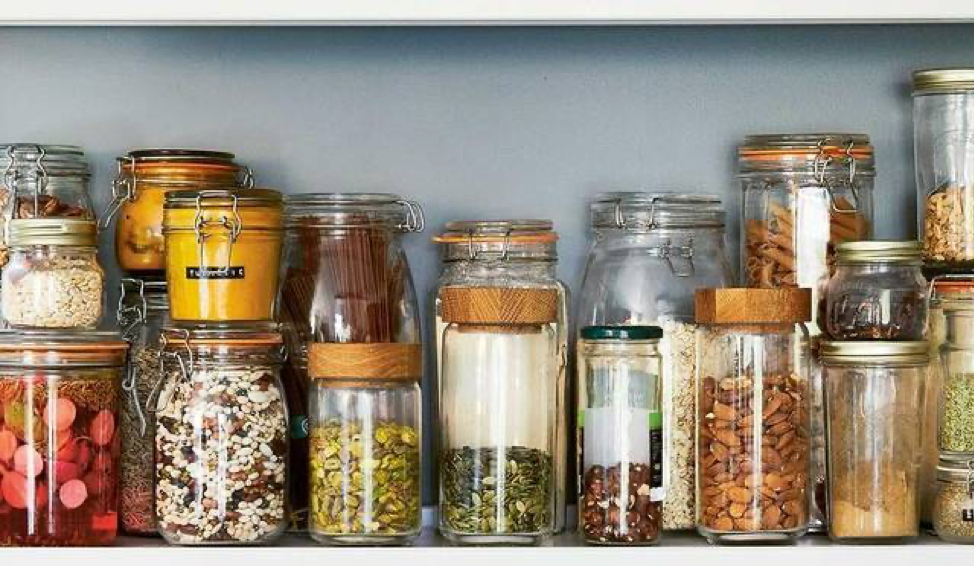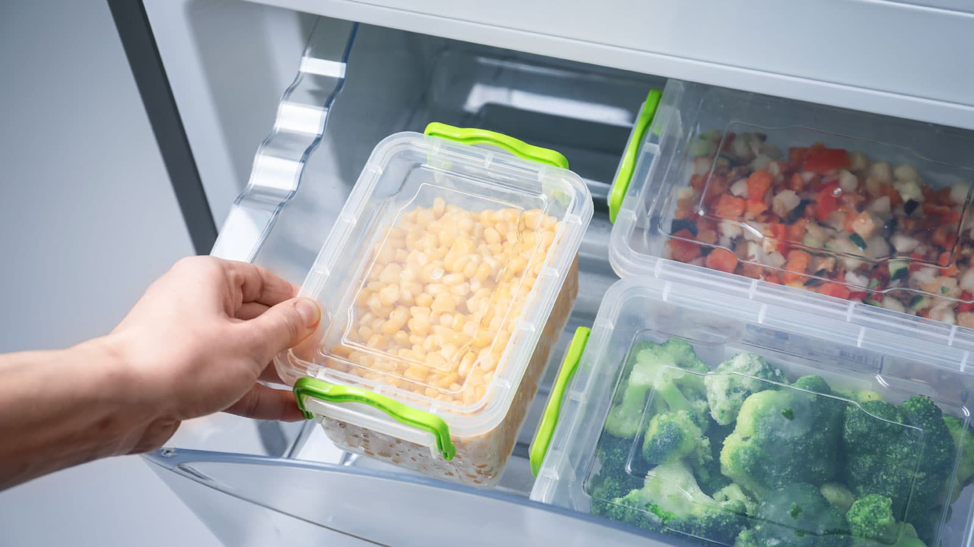 Written by Niousha Alizadehsaravi, dietetic intern
Written by Niousha Alizadehsaravi, dietetic intern
When we think of spring cleaning, we usually think about tidying up the house. But what if we focused some of that energy on cleaning up nutritionally?
Having a kitchen well-stocked with fruits, vegetables, and whole grains makes it a lot easier for you and your family to reach for something healthy.
Fine-tuning the freezer
Is your freezer an icy home to frozen mystery foods? Take it all out and review what you have.
Food kept at -18ºC (0ºF) will be safe if stored within a reasonable time. The taste and texture of frozen foods can suffer from lengthy freezing times. Once thawed, treat frozen food like fresh food that can spoil.
Tip: It’s okay to freeze leftovers, just don’t refreeze them. Instead, freeze leftovers in smaller portions so you can take out only what you need.
Freezer-friendly tips
Enjoy better-tasting frozen food that is safe to eat. Try to:
- Cool first, then freeze. Cool cooked food quickly in the fridge in shallow dishes.
- Avoid freezer burn. Use heavy foil, freezer bags or containers designed for freezing food. Leave just a few centimeters of room for expansion with liquids. Squeeze the air out of freezer bags before sealing or wrap foods tightly in foil.
- Divide up big batches. Freeze 4-6 portions or less in one freezer bag or container and label it with a “use by” date.
- Freeze it right at -18ºC (0ºF). Use a thermometer to check the temperature. Leave some space between packages for cool air to circulate. Avoid overloading your freezer.
- First in, first out. Use up the oldest items first.
Tip: Use a dry erase board to jot down what goes in and wipe off what goes out of the freezer. Attach the board to the freezer with a magnet.
Work on filling your freezer with:
- Extra pancakes. Spread on some peanut butter and top with sliced banana for breakfast or a snack to go.
- Homemade whole grain muffins. Enjoy as a snack on the way to the gym.
- Cooked lean ground beef. Divide up a big batch to use later in chili, spaghetti sauce, bean burritos, cabbage rolls or samosas.
- Berries and bananas. Use in smoothies, mix into yogurt or bake into muffins. Try other frozen fruits too.
- Plain frozen vegetables. Choose ones with little or no added salt or freeze your own. Toss a handful into your omelettes, canned soups and casseroles.
- Versatile chicken. Think soups, sandwiches, pizza toppings, stir fries, quesadillas and more. Cut a whole chicken into pieces. It will freeze and defrost faster, plus it’s often less expensive than buying individual pieces. You can also cut up and freeze cooked chicken to use later in salads and pasta dishes.
- Make your own chicken broth. It’ll taste better than store-bought versions and will probably contain less sodium. Freeze in ice cube trays, then transfer to a freezer bag for convenient use later.
- Whole grain pita bread wraps and pizza crusts. Use for pita pizzas, quesadillas, burritos, and breakfast and sandwich wraps.
- Frozen fish and seafood. Try: cooked shrimp, sole, perch, halibut and haddock.
Redoing the refrigerator

First, clean your fridge. Take out the shelves and drawers and give them a good scrubbing.
Work on filling your fridge with:
- Fresh fruit. Most fruit, including apples, berries and grapes, will last longer if kept in their original packaging and stored in the crisper of your fridge.
- Berries can last in the fridge for about a week. It’s a good idea to eat them as soon as possible so they don’t spoil.
- Plastic bags with tiny vents (openings) help keep fruit fresh longer by releasing moisture. They are great for grapes, blueberries, cherries or strawberries.
Cleaning up the cupboards

Cupboards are a great place for storing canned goods. When replacing old pantry foods that have expired with new ones, keep in mind to choose food items that are more nutritious (e.g. have reduced sodium or sugar). Also, look for fruit packaged in its own juice with no sugar added.
Stocking your kitchen with nutritious choices is the first step to healthy eating — and arranging your storage areas in a way that encourages you to reach for them ensures the kickoff to a fresh new season.
More resources
Read grocery shopping tips from UnlockFood.ca., opens a new window
To try new delicious snacks, check out Canada’s Food Guide Snack Recipes here., opens a new window



Add a comment to: Spring Cleaning: Nutrition Edition